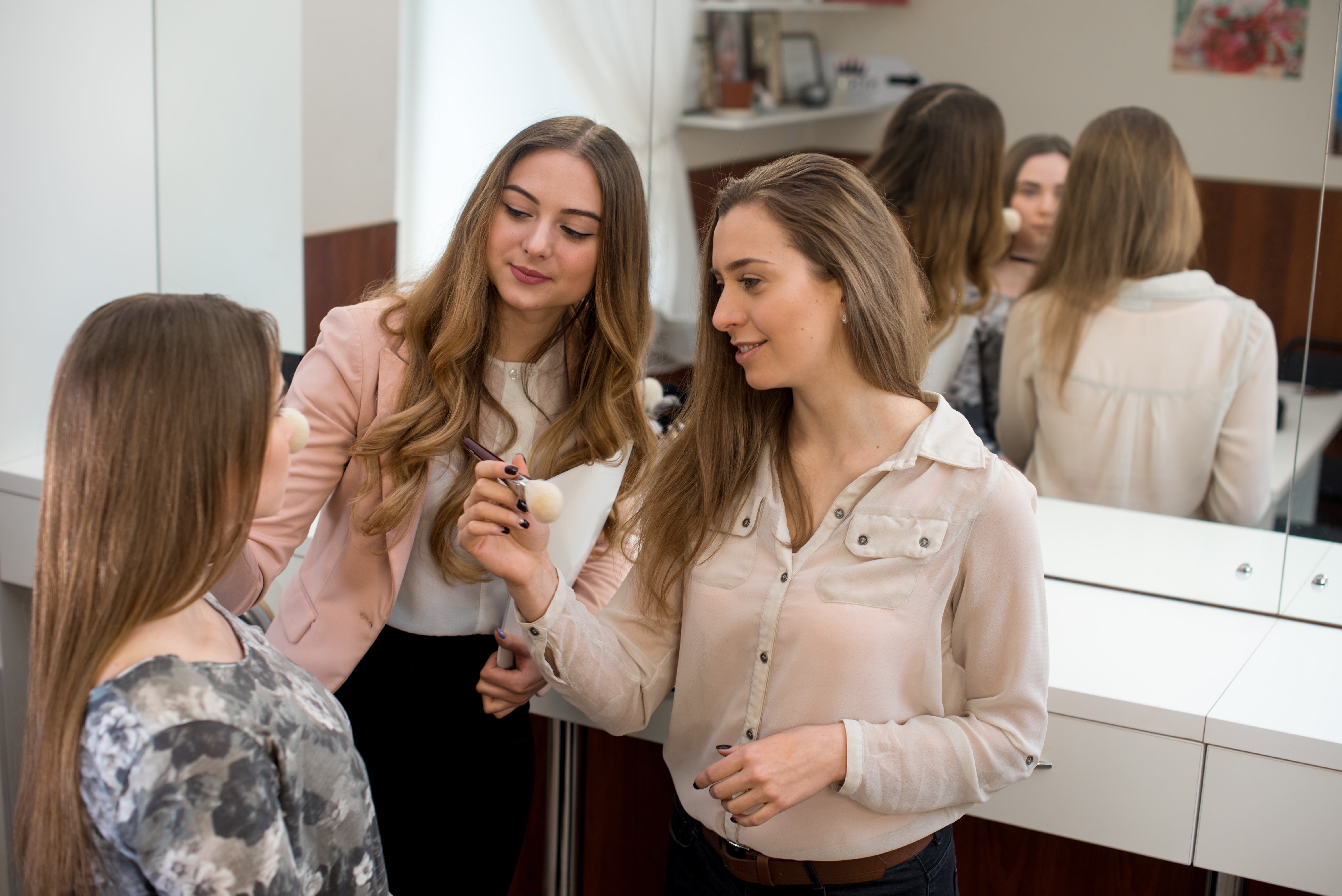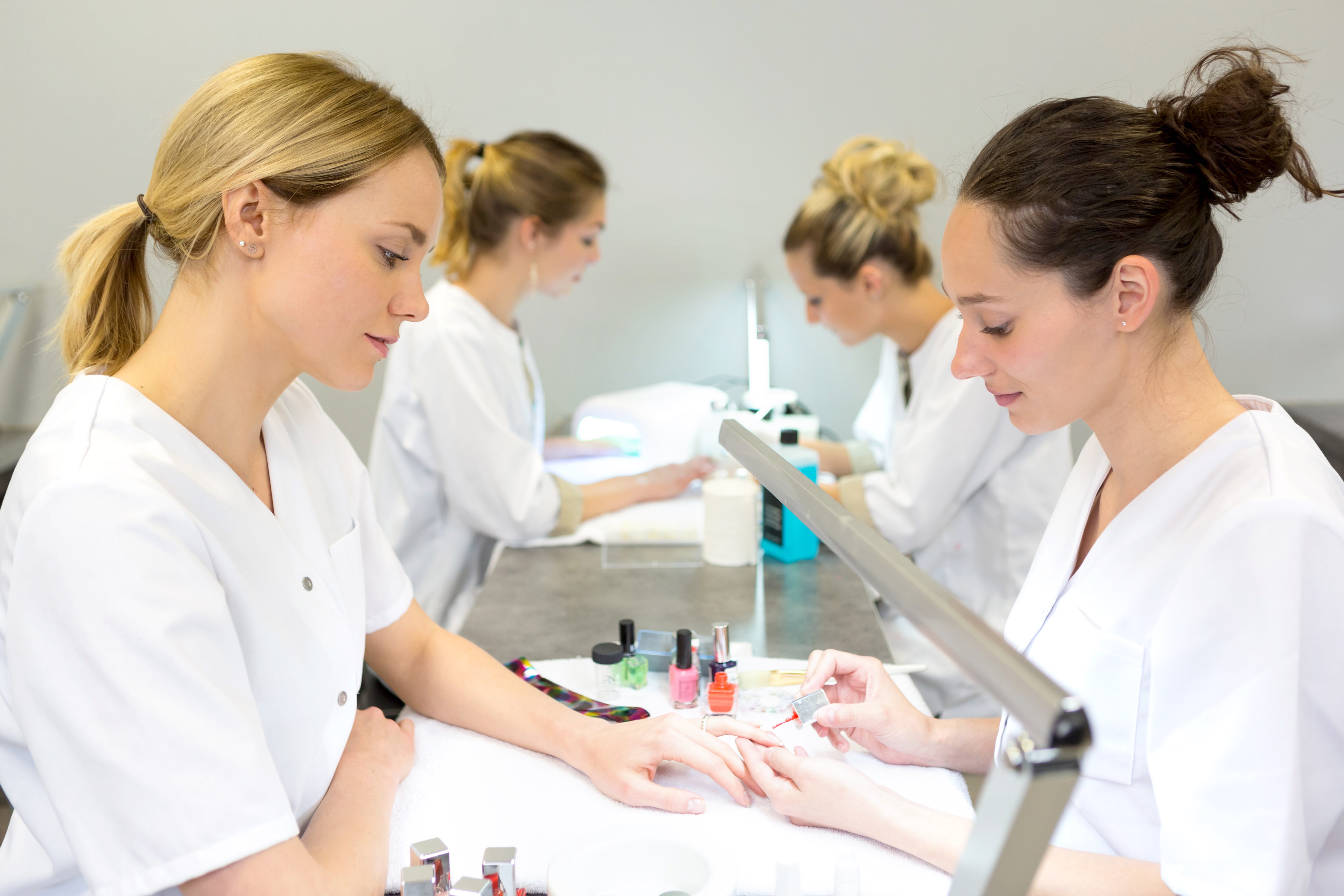Changes to beauty education explained
With huge changes for beauty apprentices and students coming into force, Georgia Seago clarifies all you need to know about the new landscape of learning.
From the beginning of April, new rules came into play affecting funding for apprenticeships in the UK. The biggest change is that large employers with a wage bill of £3 million or more will now have to pay a levy per apprentice to the Government to go towards apprenticeship training.
Small salons and spas, with fewer than 50 employees, will be exempt from the levy but would have to contribute 10% of the cost of apprenticeship training and assessment if their apprentice is aged 19 or over (unless they have been in care or have a council care plan and are aged under 25).
Medium-sized employers (with 50- plus employees but a wage bill lower than £3m) will also be required to pay this 10% contribution, regardless of the age or circumstances of the apprentice.
The training cost is decided by the Government and for beauty it is set at £9,000, so the employer contribution per apprentice would be £900. Employers are still required to pay the apprenticeship National Minimum Wage (currently £3.50 per hour) on top of this.
What has been the industry reaction?
Industry experts have expressed concern over the changes because it means any employer taking on an apprentice over the age of 25 will have to pay the full contribution, even the smallest businesses.
The concern is that salons will be far less likely to take on an older learner, even though many believe there aren’t enough older therapists entering the industry to match client demand.
“Our sector is mainly small or micro- businesses so the levy doesn’t come into play, but employers will want to go for the 16-18 year olds because it’s free,” said Caroline Larissey, head of standards and qualifications at Habia.
Find out exactly how the changes will affect your business here.

Changes to Trailblazer
The end of April also saw the resubmission of the Level 2 Beauty Professional Trailblazer standards, after the Government rejected the qualification portion earlier in the year.
The Trailblazer standards are intended to replace the current apprenticeship frameworks and equip learners with more “salon-ready” skills. “It’s very difficult to have a learner in the salon because they’re not commercially viable,” explained Larissey, “We wanted to develop an apprenticeship where the learner could quite quickly be able to generate some sort of income in the salon.”
The original standards, submitted in November, included a final qualification with an end-point assessment, much like a trade test, to be carried out by an independent industry examiner. Following this structure, learners would only fully complete their apprenticeship and gain the qualification (provisionally called the Level 2 Diploma for Beauty Professionals) upon achieving a pass or distinction in the end-point assessment.
Since submission – and after more than two years of development by Habia and the employers in the Trailblazer group – the Department for Business, Innovation and Skills changed its criteria for the standards and now says the end-point assessment cannot be embedded in the qualification.
In theory, learners would now be able to achieve the qualification without having to prove their knowledge and skills are up to standard, and would still end up qualified on paper and so be accepted by salon insurance policies.
Why has this happened?
“Employers want it all as one process. If you split it up, the majority of employers will take their apprentices through the qualification but some won’t get them to do the end assessment because it would be an extra cost,” explains Larissey.
The Trailblazer group included a rationale for end-point assessment along with the standards, which states employers’ concern about the consistency and quality of delivery and assessment in such a fragmented industry; and argues the embedded end-point assessment would make the whole process subject to external quality assurance, standardisation and regulation.
Tina Rook, head of education at Saks, which is part of the Trailblazer group, agreed: “We would like the Government to recognise that a formal qualification within the new beauty standards is essential and non-negotiable...or we may find a situation where the learner does not take the end-point assessment but achieves the qualification regardless.” She adds that removing this part of the assessment will be “a detriment to beauty apprentices across the board”.
At the time Professional Beauty wrote this for the May issue of the magazine, the Trailblazer growas was amending the assessment plan to meet the new Government criteria, with the aim to resubmit by the end of April.
Commenting on the repercussions of the new plan, George Hammer, chairman of Urban Retreat and leader of the beauty Trailblazer group, said: “The potential impact will be to prevent or discourage employers from offering apprenticeships due to insurance implications. It’s imperative that the qualification is embedded and has been designed by experienced and knowledgeable employers who genuinely created a fit-for-purpose standard and plan to maintain the sector’s professional standards.”
Will there be an embedded assessment?
The Trailblazer group is still fighting for the importance of the embedded assessment to be recognised and is asking industry employers to show their support by writing to Rook or Larissey. “Having an apprenticeship without a qualification will confuse everyone; how are employers expected to know the difference between CIBTAC, NVQ and an apprenticeship?" said Rook.
The Level 3 standard was out for consultation at the time of going to print with the May issue of the magazine, intented to close at the end of April for development and submission later in the year.
Show your support for the qualification by emailing Tina.Rook@sakseducation.co.uk or Caroline.Larissey@habia.org

New technical routes post-16
The final big change to the way beauty is taught in the UK comes in the form of T-level qualifications for 16-19 year olds. These are new routes for technical education designed as an alternative to A-levels, the route most commonly chosen by those who want to stay in education and study academic subjects.
T-levels will be available in 15 sectors including hair and beauty. The new qualifications were announced in July 2016 but re-entered the news in March when the Chancellor announced an additional £500m investment in the routes in his Budget.
A major part of the plans is to make the work experience portion of the qualifications more industry-relevant, with three-month “quality” placements. While this focus is welcome news to employers, Larissey believes it’s vital the standards are the same as those that underpin the Trailblazer apprenticeships.
“They will have to align with the Trailblazers; employers are very keen on having a shared standard and assessment plans,” she says.
It is currently the plan to have employer-led panels develop new standards, which will closely align with Trailblazers. “In our view as employers, the best place for job-ready skills to be developed is in the workplace as an apprentice,” said Hammer. “However, not all people are ready for the workplace at the same time, so T-levels allow a step into the sector with work experience, though these must be aligned with the Trailblazer standard.” The first routes will be ready for teaching in 2019.


